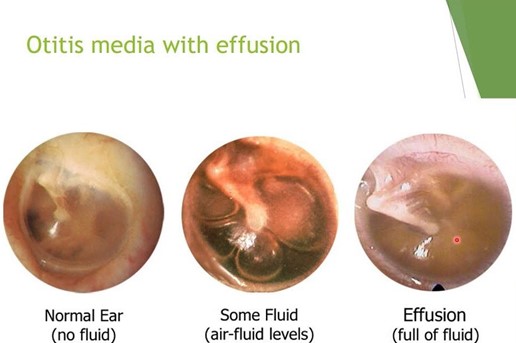A parent calls a clinic and reports to a nurse that his 2-month-old infant is hungry more than usual but is projectile vomiting immediately after eating. Which of the following responses should the nurse make?
"Bring your baby into the clinic today."
"Give your infant an oral rehydration solution."
"Burp your baby more frequently during feedings."
"Try switching to a different formula."
The Correct Answer is A
Choice A: This response is appropriate, as it indicates urgency and concern for the infant's condition. Projectile vomiting immediately after eating can be a sign of pyloric stenosis, which is a condition that causes the narrowing of the pylorus, which is the opening between the stomach and the small intestine. Pyloric stenosis can prevent food from passing through and cause dehydration, electrolyte imbalance, or weight loss. The infant needs to be evaluated by a provider as soon as possible and may need surgery to correct the problem.
Choice B: This response is not appropriate, as it does not address the underlying cause of the infant's condition. Oral rehydration solution can help replace fluids and electrolytes lost through vomiting, but it does not treat pyloric stenosis or prevent further vomiting. Oral rehydration solution may also be vomited out by the infant if given too soon or too much.
Choice C: This response is not appropriate, as it does not address the underlying cause of the infant's condition. Burping the baby more frequently during feedings can help release air bubbles and prevent gas or colic, but it does not treat pyloric stenosis or prevent further vomiting. Burping may also trigger vomiting by increasing pressure on the stomach.
Choice D: This response is not appropriate, as it does not address the underlying cause of the infant's condition. Switching to a different formula can help if the infant has an allergy or intolerance to certain ingredients in their current formula, but it does not treat pyloric stenosis or prevent further vomiting. Switching formulas may also cause diarrhea or constipation by changing the infant's bowel flora.
Nursing Test Bank
Naxlex Comprehensive Predictor Exams
Related Questions
Correct Answer is C
Explanation
Choice A: A popping sensation when swallowing is not a sign of a tympanic membrane rupture, as it is a normal phenomenon that occurs when the eustachian tube opens and closes to equalize the pressure between the middle ear and the atmosphere. A popping sensation when swallowing may be associated with otitis media with effusion, which is a condition that causes fluid accumulation behind the eardrum, but it does not indicate a rupture.
Choice B: Green-blue discharge could be indicative of infection but is not as directly related to the rupture event as the sudden pain relief is.
Choice C: The correct answer is sudden relief of pain. This is because the rupture of the tympanic membrane releases the pressure and fluid that has built up in the middle ear, leading to an immediate decrease in pain.
Choice D: An increased temperature is not a sign of a tympanic membrane rupture, as it is a nonspecific symptom that may indicate various conditions, such as inflammation, infection, or fever. An increased temperature may be associated with otitis media with effusion, which is a condition that causes fluid accumulation behind the eardrum, but it does not indicate a rupture.

Correct Answer is D
Explanation
Choice A: Polyuria is not a finding of nephrotic syndrome, but rather a finding of diabetes mellitus or diabetes insipidus. Polyuria means excessive urination, which can cause dehydration and electrolyte imbalance.
Choice B: Smoky brown urine is not a finding of nephrotic syndrome, but rather a finding of acute glomerulonephritis or hemolytic uremic syndrome. Smoky brown urine means that there is blood in the urine, which can indicate damage to the glomeruli, the filtering units of the kidneys.
Choice C: Hypertension is not a finding of nephrotic syndrome, but rather a finding of chronic kidney disease or renal artery stenosis. Hypertension means high blood pressure, which can cause damage to the blood vessels and organs.
Choice D: Facial edema is a common finding of nephrotic syndrome, as nephrotic syndrome is a condition in which the kidneys leak large amounts of protein into the urine, causing low blood protein levels and fluid retention. Facial edema means swelling of the face, especially around the eyes, which can occur due to gravity and fluid shifts.
Whether you are a student looking to ace your exams or a practicing nurse seeking to enhance your expertise , our nursing education contents will empower you with the confidence and competence to make a difference in the lives of patients and become a respected leader in the healthcare field.
Visit Naxlex, invest in your future and unlock endless possibilities with our unparalleled nursing education contents today
Report Wrong Answer on the Current Question
Do you disagree with the answer? If yes, what is your expected answer? Explain.
Kindly be descriptive with the issue you are facing.
